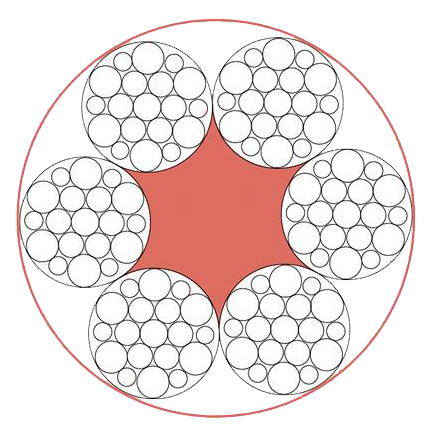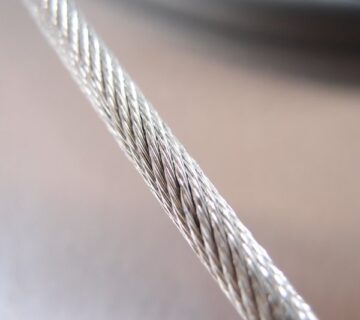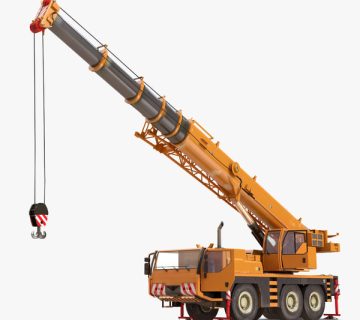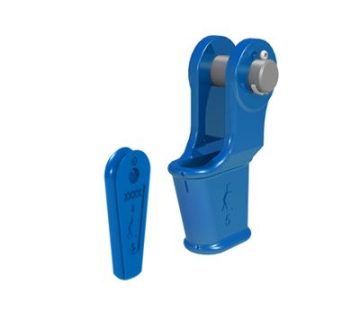Unreeling & Uncoiling
Wire rope is shipped in cut lengths, either in coils or on reels. Great care should be taken when the rope is removed from the shipping package since it can be permanently damaged by improper unreeling or uncoiling. Looping the rope over the head of the reel or pulling the rope off a coil while it is lying on the ground, will create loops in the line. Pulling on a loop will, at the very least, produce imbalance in the rope and may result in open or closed kinks (Fig. 18). Once a rope is kinked, the damage is permanent. To correct this condition, the kink must be cut out, and the shortened pieces used for some other purpose.

 |
 |
 |
Figure 18. Improper coiling & reeling can create open (a) or closed kinks (b). The open kink will open the rope lay; the closed kink will close it.
Starting loop (c): Do not allow the rope to form a loop. If, however, a loop does form and is removed at the stage shown, a kink can be avoided.
Kink (d): In this case, the looped rope was put under tension, the kink was formed, the rope is permanently damaged and must be removed.
Unwinding wire rope from its reel also requires careful and proper procedure. There are three methods to perform this step correctly:
- The reel is mounted on a shaft supported by two jacks or a roller payoff (Fig. 19). Since the reel is free to rotate, the rope is pulled from the reel by a workman holding the rope end, and walking away from the reel as it unwinds. A braking device should be employed so that the rope is kept taut and the reel is restrained from over-running the rope. This is necessary particularly with powered de-reeling equipment.
- Another coiling & reeling method involves mounting the reel on an unreeling stand (Fig. 20). It is then unwound in the same manner as described above. In this case, however, greater care must be exercised to keep the rope under tension sufficient to prevent the accumulation of slack – a condition that will cause the rope to drop below the lower reel head.
- In another accepted method, the end of the rope is held while the reel itself is rolled along the ground. With this procedure, the rope will pay off properly however, the end being held will travel in the direction the reel is being rolled. As the difference between the diameter of the reel head and the diameter of the wound rope increases, the speed of travel will increase.

Figure 19. The wire rope reel is mounted on a shaft supported by jacks. This permits the reel to rotate freely, and the rope can be unwound either manually or by a powered mechanism.
When re-reeling wire rope from a horizontally supported reel to a drum it is preferable for the rope to travel from the top of the reel to the top of the drum; or, from the bottom of the reel to the bottom of the drum (Fig. 21). Re-reeling in this manner will avoid putting a reverse bend into the rope as it is being installed. If a rope is installed so that a reverse bend is induced, it may cause the rope to become “twisty” and, consequently, harder to handle.
When unwinding wire rope from a coil, there are two suggested methods for carrying out this procedure in a proper manner:
- One method involves placing the coil on a vertical unreeling stand. The stand consists of a base with a fixed vertical shaft. On this shaft there is a “swift,” consisting of a plate with inclined pins positioned so that the coil may be placed over them. The whole swift and coil then rotate as the rope is pulled off. This method is particularly effective when the rope is to be wound on a drum.
 Figure 20. A vertical unreeling stand. |
 Figure 21. The correct (a) and the wrong (b) way to wind wire rope from reel to drum. |














No comment